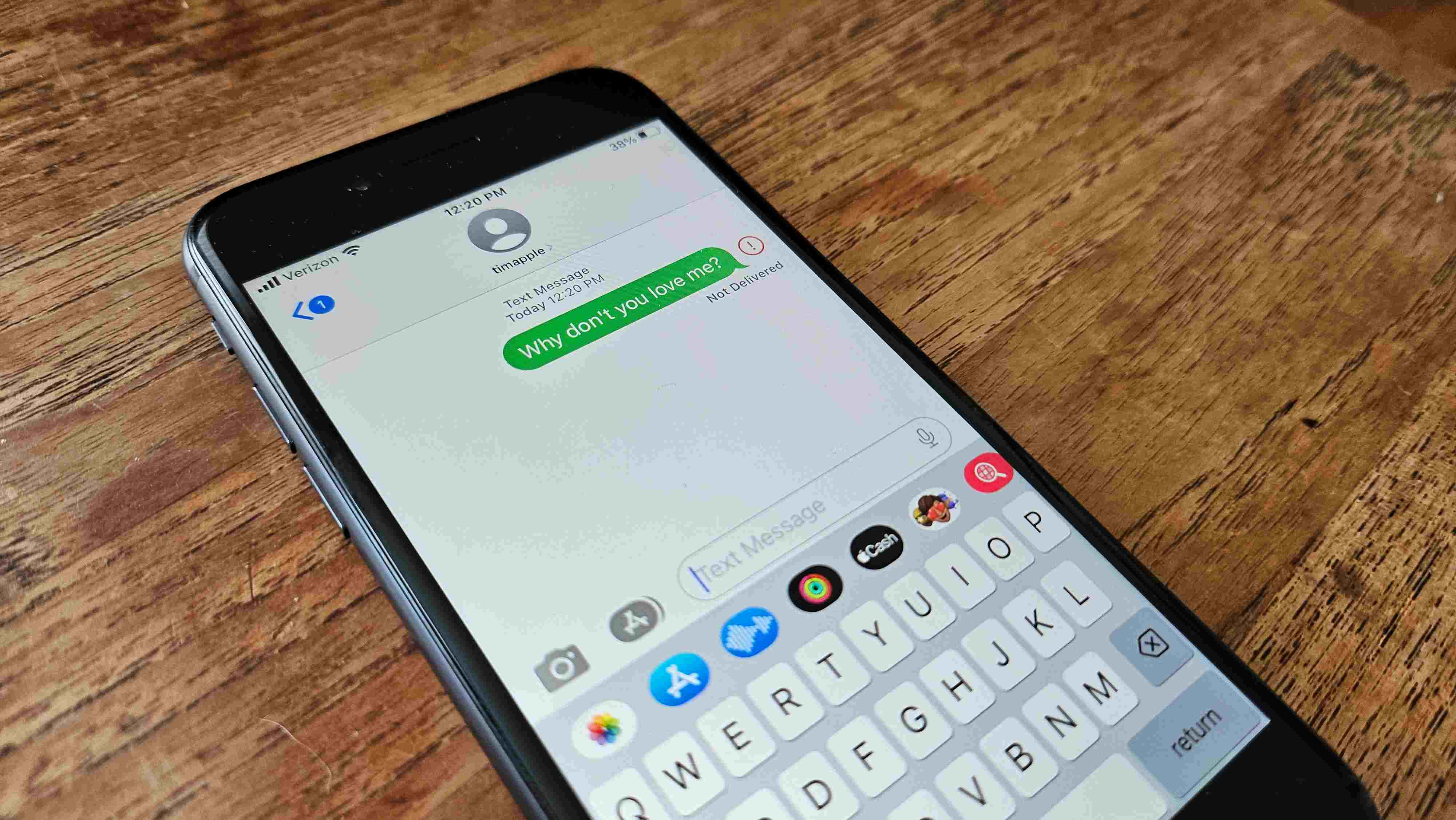
Historical Context
In the early 2000s, wireless carriers adopted SMS (Short Message Service) as the standard for text messaging. SMS allowed for short, plain-text messages but was not designed to handle multimedia content like images and videos. To address this limitation, carriers introduced MMS (Multimedia Messaging Service), which enabled the sending of multimedia content but still had limitations due to compression and pixelation.
Apple's introduction of iMessage in 2011 revolutionized texting by enabling high-resolution photos and videos between iPhone users. iMessage used a proprietary protocol that bypassed SMS and MMS, providing a superior texting experience within the Apple ecosystem. However, this meant that when an iPhone user texted an Android user, the message would revert to SMS or MMS, resulting in green bubbles and a less desirable experience.
The Role of RCS
To bridge this gap, Google introduced RCS (Rich Communication Services) in 2015. RCS aimed to provide a more advanced messaging standard that included features like read receipts, typing indicators, and location sharing. However, Apple's refusal to adopt RCS meant that Android users continued to face inferior texting experiences when communicating with iPhone users.
In recent years, there have been efforts to make RCS more widely adopted. Google has been pushing for carriers to support RCS, and some carriers have started to roll out RCS services. However, Apple's reluctance to adopt RCS has been a significant barrier to widespread adoption.
The Blue Bubble Advantage
The blue bubble, associated with iMessage, offers several advantages that make it a more desirable option for many users:
High-Quality Media
Blue bubbles allow for high-resolution photos and videos, which are essential for modern communication. This feature ensures that media is delivered in its original quality, making it easier to share and enjoy.
Encryption
iMessage is end-to-end encrypted, providing a higher level of security compared to SMS and MMS. This encryption ensures that messages are secure and less susceptible to interception or eavesdropping.
Read Receipts and Typing Indicators
Blue bubbles often include read receipts and typing indicators, which help users understand whether their messages have been read and if the recipient is typing a response. These features enhance the interactive nature of messaging.
Group Chats
iMessage supports group chats seamlessly, allowing users to communicate with multiple people at once without the issues often encountered with SMS and MMS.
The Green Bubble Disadvantage
The green bubble, associated with SMS and MMS, has several disadvantages that make it less desirable:
Lower Quality Media
Green bubbles often result in lower-quality media due to the compression and pixelation inherent in SMS and MMS. This can lead to blurry images and poor video quality, making it less enjoyable to share multimedia content.
Security Concerns
SMS and MMS are not end-to-end encrypted, making them more vulnerable to interception and eavesdropping. This lack of security can be a significant concern for users who value their privacy.
Limited Features
Green bubbles typically lack advanced features like read receipts, typing indicators, and location sharing. This limited functionality can make texting less interactive and less efficient.
Interoperability Issues
The use of different messaging standards between iPhone and Android devices can lead to interoperability issues. For example, group chats often become complicated, with dropped messages and inconsistent delivery.
The Android Perspective
For Android users, the choice between green and blue bubbles is often influenced by their carrier and the messaging app they use. Here are some key points to consider:
Carrier Support
The support for RCS by carriers can significantly impact the texting experience for Android users. Carriers like Google, Samsung, and some others have started to roll out RCS services, which can provide a more advanced messaging experience.
Messaging Apps
The choice of messaging app can also affect the color of text bubbles. Apps like Google Messages and Samsung Messages support RCS, which means they can display blue bubbles when communicating with other RCS-enabled devices. However, if the recipient is using an iPhone or an older Android device without RCS support, the message will revert to a green bubble.
User Experience
The user experience is crucial when deciding between green and blue bubbles. Android users who frequently communicate with iPhone users may find the green bubble experience frustrating due to the lower quality of media and lack of advanced features. Those who primarily communicate with other Android users may find the blue bubble experience more desirable due to its higher quality and more interactive nature.
Final Thoughts
The debate over whether green or blue text bubbles are better for Android users is complex and multifaceted. While the blue bubble offers a superior texting experience with high-quality media, advanced features, and better security, it is limited by Apple's refusal to adopt RCS. The green bubble, associated with SMS and MMS, provides a more basic but widely supported experience that can be frustrating due to its lower quality and limited features.
Ultimately, the choice between green and blue bubbles depends on the user's specific needs and preferences. Android users who frequently communicate with iPhone users may find the blue bubble experience more desirable despite its limitations. However, those who primarily communicate with other Android users may prefer the green bubble experience if it is supported by their carrier and messaging app.
As technology continues to evolve, it is likely that the distinction between blue and green bubbles will become less significant. Apple's recent announcement to adopt RCS next year is a step in the right direction, promising a more unified and advanced messaging experience for all users. Until then, Android users will continue to navigate the complexities of texting in a world divided by color-coded bubbles.
